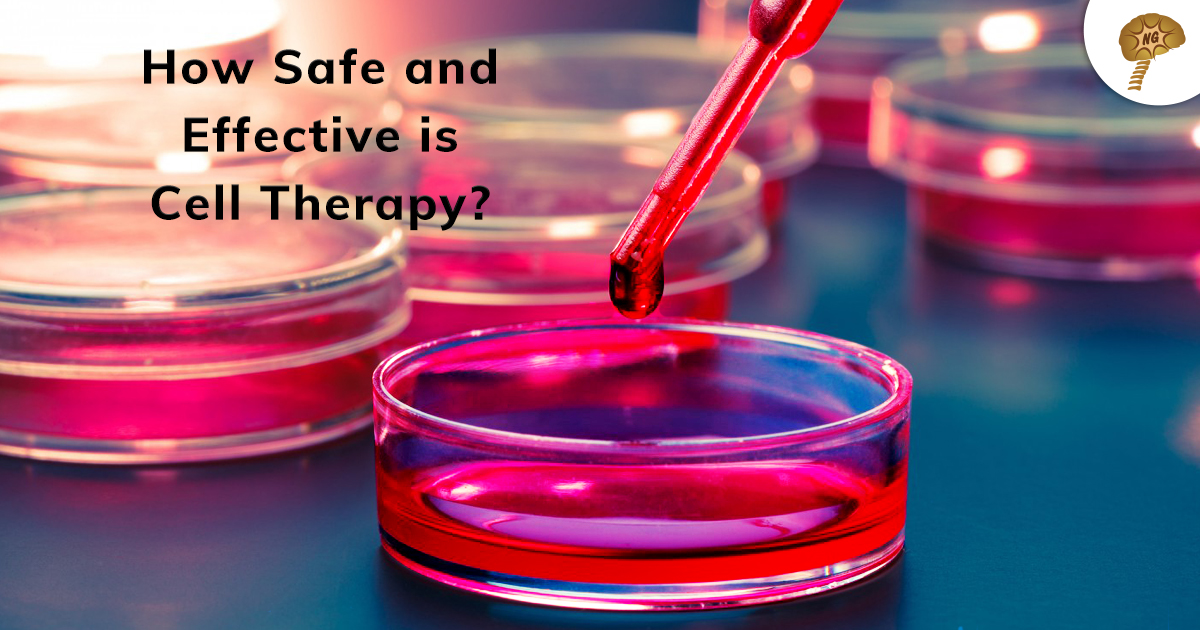
Have you heard about stem cells and wondered how cell therapy can benefit a person with a serious neurological disorder?
Stem cells are the body’s raw materials with specialized functions and properties. Under the right condition, these cells can multiply to form more cells called the daughter cells. These daughter cells differentiate into new stem cells (self-renewal) or develop into specialized cells to adopt the properties of the host cells. No other cell in the body is gifted with the natural ability to generate into any new cell types.
Where Do Stem Cells Come From?
Treatment approach suggested for the neurological diseases is done by means of stem cells belonging to different origins.
- Embryonic stem cells: These stem cells come from embryos during the earliest stage of pregnancy
- Adult stem cells: Adult stem cells exist throughout the human body, but the bone marrow is the most preferred source for cell treatment
- Perinatal stem cells: These stem cells are derived from perinatal sources, like the umbilical cord blood, amniotic fluid, placenta/placental membranes, etc.
- Induced pluripotent stem cells: These regular adult cells transformed into stem cells using genetic reprogramming. They are similar to embryonic stem cells and useful in various therapies
The bone marrow-derived stem cells have the properties to repair the damaged tissue by differentiating into epithelial cells. These cells have the capability to respond to the area of the damaged tissue, migrate to the site of injury and involve into the construction of both structural and functional repair. They have the property to reduce the pulmonary inflammatory with the pro-inflammatory cytokines. The role of bone marrow-derived cells, in particular, the mesenchymal stem cells, repair neurological diseases and injuries.
Neurological diseases afflict and hamper the growing milestone in a patient with a neurological disorder or diseases related to the skeletal muscle. Although cell therapy cannot completely heal the patient’s disorder, still, it can reverse or rectify its effects to a certain level. Patients with autism, muscular dystrophy, spinal cord injury, cerebral palsy, stroke, etc., Cell Therapy can reduce the symptoms and also slow down the seriousness of the disease but cannot completely heal the patients.
For cell therapy, the neuro-surgeons opt to use autologous mesenchymal stem cells to be injected into the patient for treatment. They derive the stem cells from the patient’s own bone marrow. Local anaesthesia is applied to the area where the surgeons insert an aspiration needle to get about 80 ml to 120 ml of the spongy tissue from the pelvic bone. The aspirated marrow undergoes a density gradient centrifugation process to get the required stem cells from the unwanted tissue and other cells. The cells are diluted in CSF before being injected into the patients via intrathecal injection. The induced cells travel to the damaged regions to begin their repairing process. The treatment is aimed at regaining the brain’s plasticity so that the patient can lead an independent life. The patients are monitored for adverse effects, discomfort and signs of inflammatory responses.
Cell therapy has shown an increase in the neuro-protective effect due to myelin repair. Thus, they are a promising candidate for treating diseases of the nervous system.








